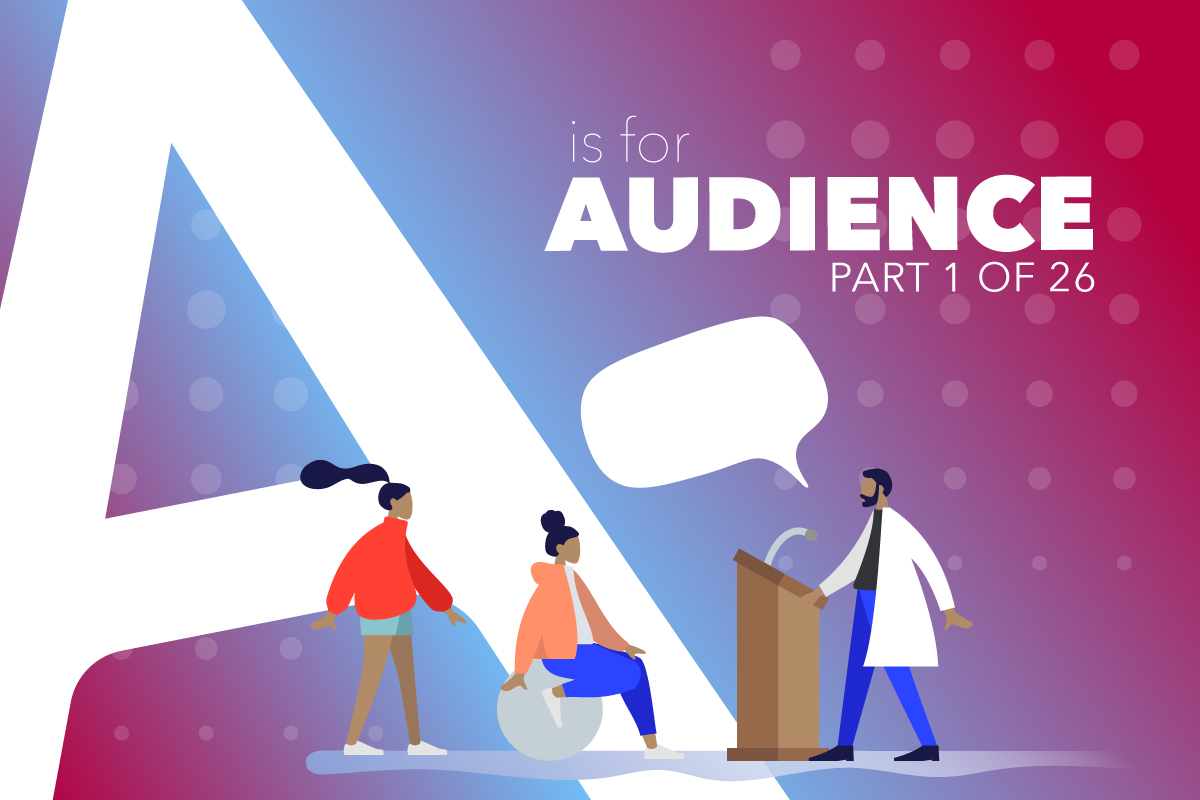Synonyms: Customer Base, Users, Consumers, Target Audiences,
From a definition standpoint, when we talk about audiences, we are talking about the people you are engaging with as an organization and who are consumers of your brand/product. Audiences are the people you are targeting and reaching out to with your marketing. They are the people you are driving to your site in hopes that they will purchase your product/service and engage with your website.
Why do we care about audiences?
There are a few reasons we care about audiences, but when it comes to strategy and marketing, it is important to know your audience so you can connect with them. When you know about your audiences, you gain an understanding of what they are interested in, why they are coming to your site, what they need and what they are looking to accomplish. Knowing all of that information then allows you to deliver a better customer experience, as well as quality content for your audiences.
In addition to delivering a strong user experience, when you know the intricacies of your audiences, you can start to use that information and data to create segments for personalization, allowing you to deliver tailored and individualized content to you audience
How do we learn about audiences?
I could write a whole series of blog posts on this question alone, but I wanted to provide a quick list of ways to get started with better knowing your audience
- Stakeholder Interviews: Find people in your organization who directly engage with your customer base. Find people who have worked at your company for a long time. Start by asking questions about discuss target audiences, existing customer base, marketing efforts and targeting strategies in place today, etc. All these conversations will help shed light on your audiences today.
- Existing Documents & Data: Chances are there has been some persona work done in the past so it is always good to use those documents as a starting point. Even if they are outdated, they give you insight into how audiences were defined in the past and how they have evolved with the business over time. Also, site analytic sin GA, Sitecore, Adobe or wherever also gives you good information on general user behavior ,demographics and trends across your user base.
- 3rd Party Research: Looking at 3rd party research around specific user types or industry UX and behavior trends can help inform an understanding around audience needs and expectations from a website perspective.
- Voice of the Customer (VoC) Data: Talking to customers is the best way to limit assumptions and get valuable input about what your audience expects when they engage with your site, brand or organization.
Knowing your audience is the critical first step to developing a website, personalization or marketing strategy so hopefully the above helps you level set on what information you should look at and how to get it.
If you want to chat about getting to know your audiences and how to best engage with them, fill out the contact form or HMU on twitter @jgrozalsky.
Stay thirsty, friends!

